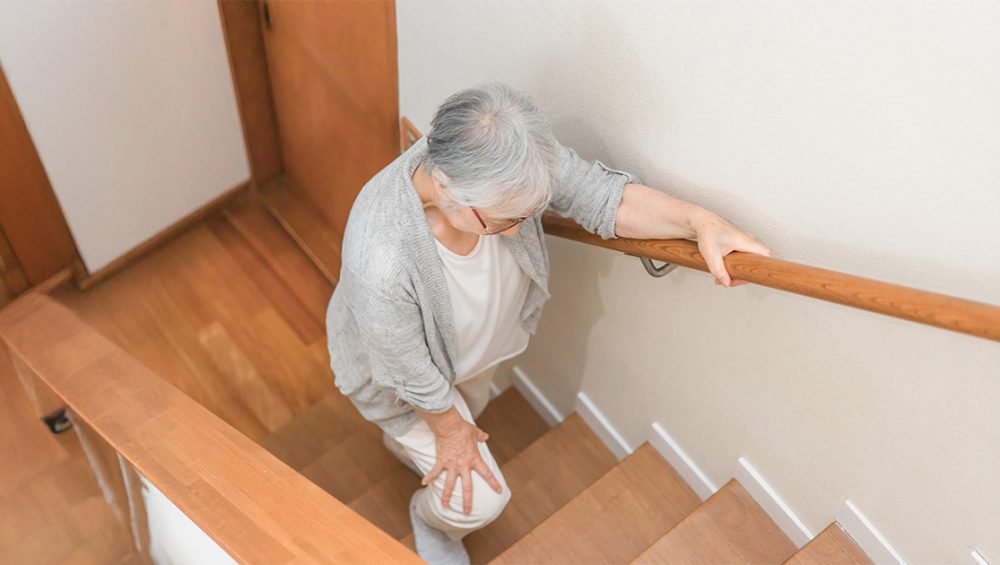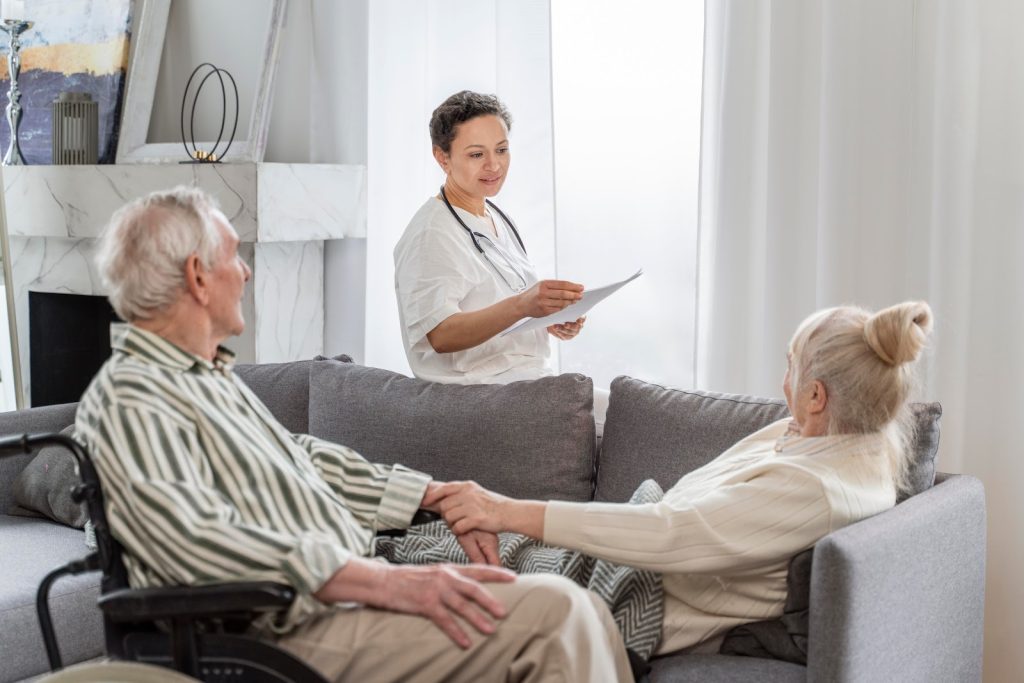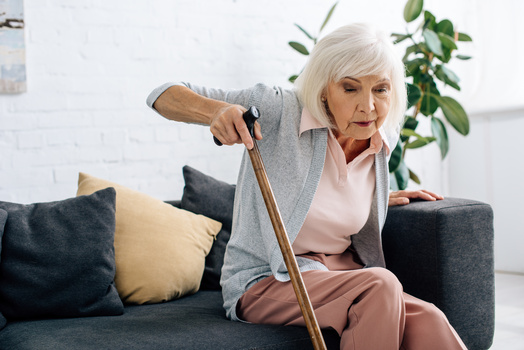As our loved ones age, ensuring their safety while maintaining their independence becomes a priority. Many seniors prefer to live alone, cherishing the comfort and familiarity of their own homes. However, safety concerns for elderly living alone can present significant challenges for family caregivers and themselves. It is vital to understand these concerns and address them effectively to ensure the well-being of our elderly family members.

Understanding the Importance of Safety
The primary goal is to mitigate risks while respecting the autonomy of our elderly loved ones. Living alone can empower seniors, but it also introduces vulnerabilities that require proactive measures. Addressing these vulnerabilities is crucial for their peace of mind and overall quality of life.
Common Safety Concerns
1. Falls and Mobility Issues
Falls are one of the most significant safety concerns for elderly individuals. As mobility decreases with age, the risk of falls increases. Ensuring that the living space is free from tripping hazards and installing grab bars in critical areas like bathrooms can significantly reduce these risks. Utilizing technology such as fall detection systems can also be a game-changer in managing fall risks.
2. Medication Management
Many elderly individuals take multiple medications daily, which can be confusing and lead to errors. Proper medication management is vital to prevent overdoses or missed doses. Using pill organizers and setting reminders can help keep track of medication schedules.
3. Fire and Emergency Situations
In the event of a fire or other emergency, quick response is critical. Installing smoke detectors and ensuring that they are functioning properly is a basic yet crucial step. Elderly individuals should also have a clear and easy-to-follow emergency plan tailored to their specific needs.
4. Social Isolation
Living alone can lead to social isolation, which negatively impacts mental health. Encouraging regular social interaction, whether through community centers or technology like video calls, can help alleviate feelings of loneliness.
Implementing Safety Measures
5. Home Modifications
Simple home modifications can make a significant difference in safety. These include installing non-slip flooring, improving lighting, and rearranging furniture to create clear pathways. For more insights on designing safe living spaces, consider visiting Amica.
6. Technological Solutions
Technology plays a pivotal role in enhancing elderly safety. Devices like IoT sensors and smart home systems can monitor daily activities and alert caregivers to any unusual behavior.
7. Personal Emergency Response Systems (PERS)
These systems allow seniors to call for help with the push of a button. They are essential for providing peace of mind to both the elderly and their families.
Fostering Independence
8. Encouraging Self-Sufficiency
While addressing safety concerns, it’s equally important to encourage self-sufficiency. This can be achieved by providing them with tools and resources to handle daily tasks independently.
9. Regular Check-ins
Maintaining regular communication, whether through phone calls or visits, ensures that seniors feel supported. This also provides an opportunity to identify any emerging safety concerns early.
Creating a Supportive Environment
10. Building a Community Network
Encouraging participation in community programs helps build a support network that can provide assistance and companionship.
11. Connecting with Caregivers
Professional caregivers can offer specialized support and companionship, ensuring that the elderly remain safe and engaged.
Resources for Family Caregivers
12. Educational Workshops
Family caregivers can benefit from workshops that provide insights into elderly care and safety measures.
13. Online Support Groups
Joining online support groups connects caregivers with others who face similar challenges, providing a platform to share experiences and advice.
Embracing a Positive Outlook
14. Celebrating Milestones
Recognizing and celebrating the achievements of our elderly loved ones fosters a positive atmosphere and encourages them to embrace aging with confidence.
15. Promoting a Healthy Lifestyle
Encouraging a healthy lifestyle that includes balanced nutrition and regular exercise contributes to overall well-being and reduces safety risks.

Frequently Asked Questions
What are the primary safety concerns for elderly living alone?
The primary concerns include falls, medication management, fire and emergency situations, and social isolation.
How can technology aid in ensuring the safety of seniors living alone?
Technology such as IoT sensors and PERS provides monitoring and quick access to help, significantly enhancing safety.
What steps can family caregivers take to support their elderly loved ones?
Caregivers can implement home modifications, ensure regular communication, and utilize community resources to support their loved ones.
This article contains affiliate links. We may earn a commission at no extra cost to you.






